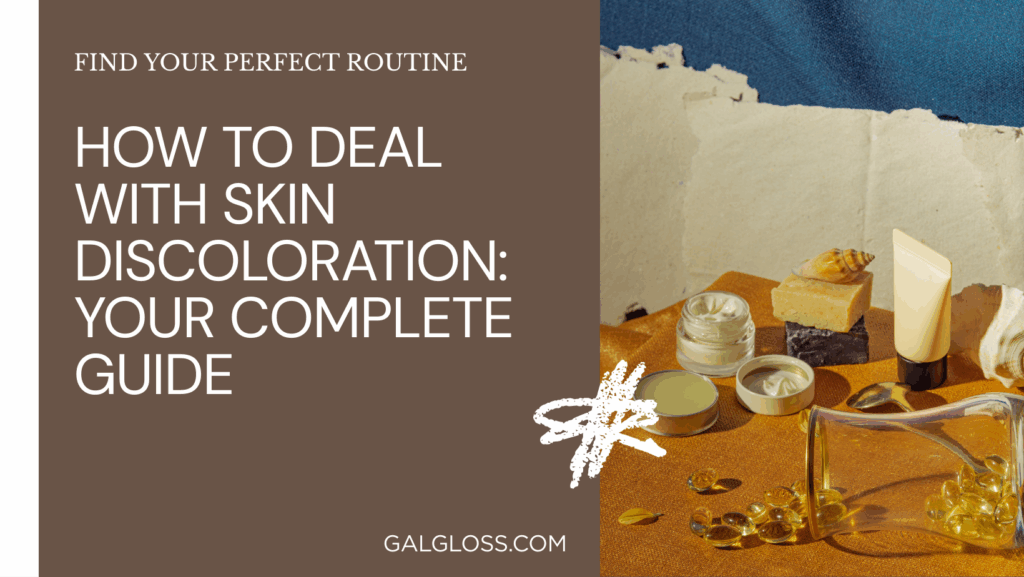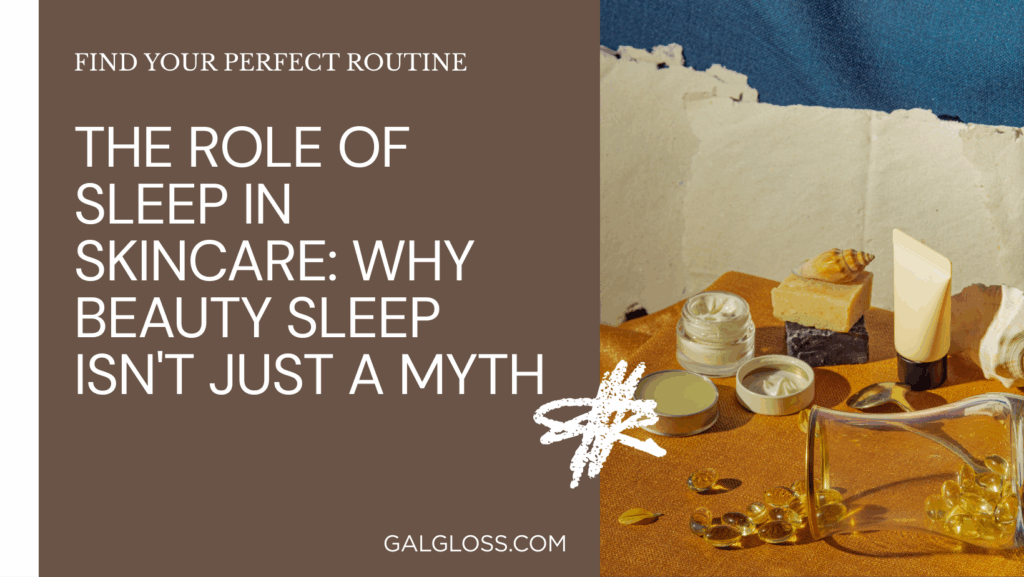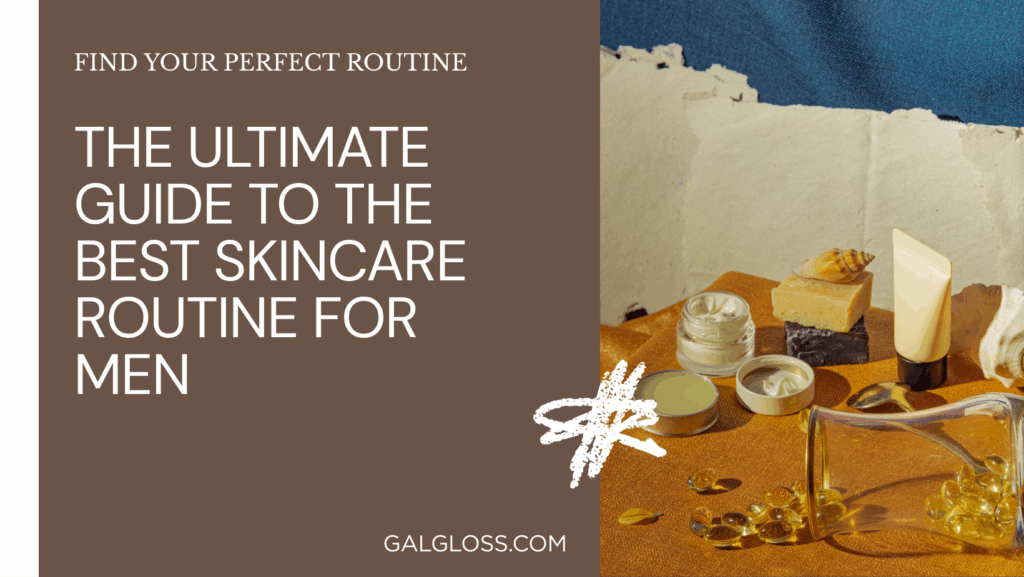Ever caught yourself frowning at the mirror, wondering how to tackle those pesky patches of discoloration on your face? You’re not alone in this skin struggle. Uneven skin tone is a common concern that affects people of all ages and skin types. But don’t worry – I’ve got your back with this comprehensive guide to achieving that dreamy, even complexion you’ve always wanted.
Understanding Uneven Skin Tone
Let’s start by breaking down what we’re dealing with. Uneven skin tone, also known as hyperpigmentation, is when some areas of your skin appear darker than others. It’s like your face decided to play a game of color-by-numbers without your permission!
What Causes This Complexion Confusion?
- Sun Damage: The sun’s harmful UV rays are skin’s worst enemy. Too much sun exposure can trigger excess melanin production, leading to dark spots.
- Hormonal Changes: Pregnancy, birth control pills, or menopause can cause melasma – patches of darkened skin.
- Post-Inflammatory Hyperpigmentation: This fancy term simply means dark spots left behind after acne or other skin injuries heal.
- Aging: As we get older, age spots (also called liver spots) can appear due to years of sun exposure.
- Genetics: Sometimes, uneven skin tone is just in your DNA. Thanks, Mom and Dad!
Why Even-Toned Skin Matters
You might be thinking, “Is it really worth the fuss?” Absolutely! Even-toned skin isn’t just about looking good (though that’s a nice perk). It’s about feeling confident in your own skin. Plus, addressing skin discoloration often means improving your overall skin health. It’s a win-win!
Your Arsenal Against Uneven Skin Tone
Now that we know what we’re up against, let’s dive into the solutions. Here’s your game plan for achieving that coveted even-toned glow:
1. Sun Protection: Your First Line of Defense
Remember how we said the sun is skin’s worst enemy? Well, sunscreen is your skin’s best friend. Here’s how to make the most of it:
- Choose Broad-Spectrum: Look for a sunscreen that protects against both UVA and UVB rays.
- SPF 30 or Higher: This gives you solid protection against harmful UV rays.
- Apply Generously: Use about a quarter-sized amount for your face alone.
- Reapply Often: Every 2 hours, or more if you’re swimming or sweating.
Pro tip: Don’t forget your neck and hands – they can show signs of uneven tone too!
2. Exfoliation: Out with the Old, In with the New
Exfoliation is like spring cleaning for your skin. It helps remove dead skin cells, revealing brighter, more even-toned skin underneath. But remember, too much of a good thing can be bad:
- Chemical Exfoliants: Ingredients like glycolic acid, lactic acid, or salicylic acid can be gentler than physical scrubs.
- Start Slow: Use exfoliants 1-2 times a week, then gradually increase as your skin adjusts.
- Be Gentle: If you prefer physical exfoliants, use light pressure to avoid irritation.
3. Skincare Ingredients That Pack a Punch
Certain ingredients are superstars when it comes to evening out skin tone:
- Vitamin C: This antioxidant helps brighten skin and fade dark spots.
- Niacinamide: It reduces inflammation and inhibits melanin production.
- Retinoids: These vitamin A derivatives promote cell turnover, helping to fade discoloration.
- Kojic Acid: This natural skin-lightener can help fade dark spots.
- Alpha Arbutin: It inhibits melanin production, helping to prevent dark spots.
4. Hydration: Skin’s Best Friend
Well-hydrated skin is happy skin. And happy skin is more likely to have an even tone. Here’s how to keep your skin quenched:
- Use a Good Moisturizer: Look for ingredients like hyaluronic acid or glycerin.
- Don’t Skip Oily Skin: Even oily skin needs hydration. Choose oil-free or gel-based moisturizers.
- Drink Up: Staying hydrated from the inside out helps too. Aim for 8 glasses of water a day.
5. Professional Treatments: When You Need Extra Help
Sometimes, at-home care isn’t enough. That’s when professional treatments can come to the rescue:
- Chemical Peels: These remove the top layer of skin, revealing fresher, more even-toned skin underneath.
- Microdermabrasion: This treatment gently sands away the top layer of skin.
- Laser Therapy: Different types of lasers can target specific pigmentation issues.
- Microneedling: This stimulates collagen production and can help even out skin tone.
Remember, always consult with a dermatologist before trying professional treatments.
Lifestyle Factors: The Unsung Heroes of Even Skin Tone
Your skin is a reflection of your overall health. Here are some lifestyle tweaks that can help:
1. Diet Matters
What you eat can affect your skin. Try incorporating these skin-loving foods:
- Antioxidant-rich fruits and veggies: Think berries, leafy greens, and sweet potatoes.
- Omega-3 fatty acids: Found in fatty fish, walnuts, and flaxseeds.
- Vitamin E: Nuts, seeds, and avocados are great sources.
2. Beauty Sleep Isn’t a Myth
Getting enough quality sleep allows your skin to repair and regenerate. Aim for 7-9 hours a night.
3. Stress Less
Easier said than done, right? But stress can wreak havoc on your skin. Try stress-reducing activities like yoga, meditation, or even just a relaxing bath.
The Power of Patience
Here’s the thing about dealing with uneven skin tone – it takes time. You didn’t develop discoloration overnight, and it won’t disappear overnight either. Consistency is key. Stick to your skincare routine and give it at least 4-6 weeks to see results.
When to See a Pro
While many cases of uneven skin tone can be addressed at home, some situations call for professional help. Consider seeing a dermatologist if:
- Your uneven skin tone is severe or rapidly worsening
- Over-the-counter products aren’t helping after several weeks of use
- You’re not sure what’s causing your uneven skin tone
- You have a history of skin cancer or are at high risk
A dermatologist can provide a personalized treatment plan and may recommend prescription-strength products or in-office procedures.
Makeup Tips for Uneven Skin Tone
While you’re working on evening out your skin tone, makeup can be your secret weapon. Here are some tips:
- Color Correcting: Use color theory to your advantage. Green cancels out redness, peach masks blue-toned dark circles, and lavender brightens sallow skin.
- Foundation: Choose a formula that matches your skin type and offers buildable coverage.
- Concealer: Spot-conceal areas of discoloration after applying foundation.
- Setting Powder: A light dusting can help your makeup stay put and provide a smooth finish.
Remember, the goal is to enhance your natural beauty, not mask it entirely.
Conclusion: Your Journey to Radiant, Even-Toned Skin
Dealing with uneven skin tone might seem like a daunting task, but armed with the right knowledge and tools, you’re well on your way to a more radiant, even complexion. Remember, it’s a journey, not a destination. Be patient with your skin, and don’t forget to celebrate the small victories along the way.
Here are the key takeaways:
- Protect: Sunscreen is your best friend in preventing further discoloration.
- Treat: Use targeted ingredients like vitamin C, niacinamide, and retinoids.
- Hydrate: Keep your skin moisturized, both inside and out.
- Exfoliate: Gently remove dead skin cells to reveal brighter skin.
- Live Well: Don’t underestimate the power of a healthy diet, good sleep, and stress management.
Most importantly, remember that your worth isn’t determined by your skin tone. While it’s great to strive for healthy, even-toned skin, true beauty comes from confidence and self-love.
So, are you ready to embark on this skin-evening journey? Remember, your skin is unique, and what works for others might not work for you. Don’t be afraid to experiment (safely) and find what works best for your skin. Here’s to your journey towards radiant, even-toned skin – you’ve got this!





